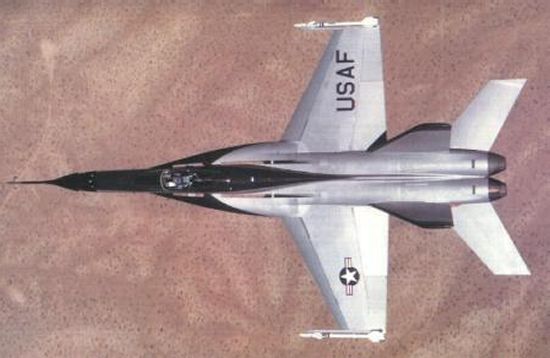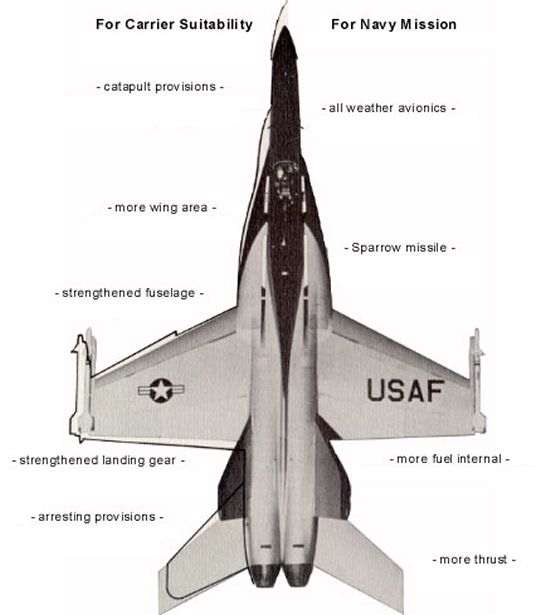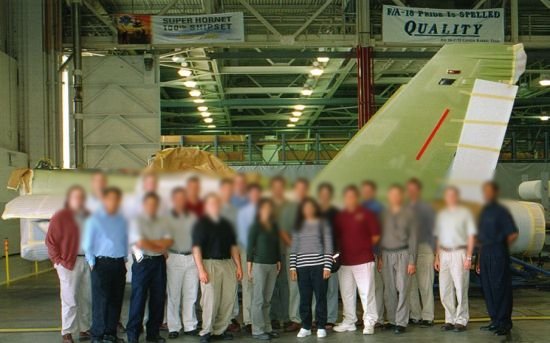|
||||||||||
|
|
||||||||||
|
||||||||||
|
|
||||||||||
In this case, I believe that you are actually confusing two different aircraft. The original YF-17 was a Northrop design that competed against the General Dynamics YF-16 for the Air Force's Light Weight Fighter (LWF) contract. Prototypes of both the YF-16 and YF-17 were built and flown in a competitive fly-off at Edwards Air Force Base. General Dynamics ultimately won that competition and went on to build the production F-16 Fighting Falcon.

About the same time, the Navy was interested in buying a new attack fighter to replace the A-7 Corsair II. Since the design requirements were similar to those the Air Force had developed in the LWF competition, Congress ordered the Navy to pick the winner of the competition to meet its needs and save development costs. Unfortunately, the Navy had little interest in the YF-16, which was deemed too small for Navy use, yet some key admirals had shown interest in the losing YF-17. Northrop, hoping to secure a Navy order, had agreed to share the project with McDonnell Douglas since MDD had previously had great success in winning Navy contracts. The plan was that Northrop would be prime contractor on any land-based versions of the plane and MDD would be prime contractor on any naval variants. In the end, the Navy did accept a Northrop/MDD proposal as a replacement for the Navy's A-7 fleet as well as for the Marine Corps F-4. Since many changes had been made to the YF-17 design in order to make it suitable for carrier usage, the new aircraft was redesignated as the F-18.

The original order was for an F-18 fighter model for the Navy and an A-18 attack model for the Marines. The two aircraft would be largely identical but vary in certain avionics and weapons integration details. However, it was soon decided that a single aircraft could meet both requirements, and the designation was changed to F/A-18. Today, Northrop still builds about 2/3rd of the fuselage plus the vertical tails for the latest F/A-18E/F Super Hornet at its factory in El Segundo, California, as shown below.

These airframes are shipped to the Boeing plant in St. Louis, Missouri, (formerly the headquarters of McDonnell
Douglas) and mated to the forward fuselage and wings built at that location. Here, the aircraft are fitted with
engines, avionics, and other systems before completion and delivery to the Navy.
- answer by Jeff Scott, 12 October 2003
Related Topics:
Why are the stabilizers on planes like the F-18 and F-22 slanted?
Read More Articles:


|
Aircraft | Design | Ask Us | Shop | Search |

|
|
| About Us | Contact Us | Copyright © 1997-2023 | |||
|
|
|||